A journey through time: all Samsung Galaxy S phones so far
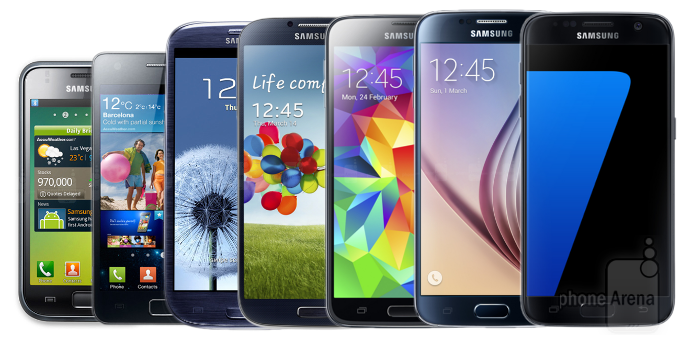
Introduction
History has repeatedly shown us that you can't know where you are going, unless you know where you came from. Irrespective of subject or theme, revisiting the highlights of your own storyline provide a needed understanding of the mistakes you made and the shady turns you took. This philosophy is especially relevant in the context of tech and other companies that deliver products year on year, on year, and seek to continuously provide additional value and innovations.
Galaxy S
2010 now feels like centuries ago, given the vigorous expansion and evolution of mobile technology over the last seven years. After an underwhelming start of the Galaxy range with the i7500 model (April, 2009), the first Galaxy S launched on the booming US market in June, 2010, where the iPhone had long set a hard-to reach benchmark for what touchscreen phones should feel like. At that time, HTC was the only other manufacturer of Android handsets, which meant that Samsung had a lot of room to differentiate itself from competitors. And Samsung entered well-prepared indeed, releasing the unit in over 110 countries (almost) simultaneously.
Galaxy S2
2011 is where you probably started hearing and reading progressively more often about 'the next Galaxy'. The Galaxy S2 went on sale in April that year, and splash it did. The S2 was the first Samsung phone to have a notable impact on the market, helping the manufacturer tighten the gap of Apple's lead in the sales department. This, by itself, is sufficient enough a summary for what the S2 meant for Samsung's storyline and global presence.
The device made clear that Samsung is looking to set a trend of growing phone displays, equipping the model with a 4.3” Super AMOLED Plus. The S2 also featured a lucrative (at that time) 8MP main camera, which recorded video at 1080p, and an improved 2MP front cam. Customers, who were left a little disappointed by the battery life on the first Galaxy S, could now enjoy almost two days of normal use, which is hardly reachable nowadays. The phone was also the thinnest at the time, measuring at 8.49mm, which added for a really attractive all-round handset.
The S2 was definitely a milestone for Samsung, with the company shipping 10 million units within six months, and 40 million over two years – woah! What is interesting is that the S2 remained a favourite 'old-school' smartphone platform among many Android lovers, with app developers still playing around to run 6.0 Marshmallow on the phone.
Galaxy S3
The Galaxy S3 came with loud applause and fervent anticipation, scoring 9 million pre-orders, ahead of its release in May, 2012. In order to really help you recall what 2012 brought, we will also tell you that the S3 sparked billion-dollar patent litigation between Apple and Samsung, with some of the former's claims still being reviewed by homeland courts.
The new pebble-style, non-rectangular body offered a 'friendlier' look and more comfortable grip, which definitely appealed to many. Samsung tried to reduce bezel space, keep similar overall dimensions, and still revisit its habit to up the display size, adding another 0.2” to the familiar Super AMOLED. While the phone was most notable for its improved looks, it also featured a digitally optimized camera, which was otherwise the same as the one in S2.
Galaxy S4
The S4 offered an even richer variety of apps and niche area features (e.g. thermometer, barometer, humidity monitor). Arguably, Samsung overdid it a tad there, as some users claimed the phone felt 'overstuffed'. Even though the handset hit 40 million shipments within 6 months and set a record for fastest selling phone ever (20 million in 2 months), Samsung's chiefs claimed they had 'expected better' market performance. Yeah, like 40 mil' wasn't good enough...
Galaxy S5
Even though the handset was ahead of the competition in terms of specs in almost any category (doubling iPhone 6's 8MP back cam with a jaw-dropping 16MP unit), it failed to arouse as much noise as the Galaxy S4. Nonetheless, Samsung had learned yet another lesson and removed a lot of the feature clutter complained of in the S4, delivering a simplified UX and interface, together with the new heart rate monitor and fingerprint scan. The display now stood at 5.1 inch and with the 4.4.2 KitKat the general flow of everything you did felt smoother and more intuitive.
Galaxy S6
Galaxy S7
The non-Edge display measures at 5.1” and its bigger curved brother offers whole 5.5”. Even though some argued that the slopes on the Edge's display did not offer the intended functionality or accessibility, the look and feel of the bigger unit certainly silence all murmur. Most of the screen is easily operated when you hold it single-handedly, and the Edge boasted much higher pixel density than iPhone 7 Plus' equally-sized display. The glass build we saw in the S6 is present in both S7 models as well, with the back edges now also curved for better grip.
Galaxy S8
The rumours mill has been spinning out of control in recent weeks, ahead of the official announcement of the next Galaxy S duo on March 29. We are literally in the last days before the S8 and S8 Plus are finally unveiled and it seems like we already know so, so much about what it will show off. With leaks and tips flooding the news feeds literally on an hourly basis, we can't be more excited about Samsung's next flagship, as all rumours seem quite promising, to say the least.
Seven years after the launch of the first ever Galaxy S, Samsung is expected to launch a device that will finally get rid of the bezels that take up so much display space on the fronts of our gadgets. Leaked schematics and press renders seem to suggest that the S8 pair will come with similarly-sized displays, at higher than the LG G6 screen-to-body size ratio. We could see size of 148.9 x 68 x 8 mm for the smaller S8 and 159 x 74 x 8 mm for the S8 Plus. The devices are likely to sport 5.8” and 6.2 curved displays, with resolution of 1,400 x 2,960 pixels and aspect ratio of approximately 18.5:9.
A teaser was released, literally hours ago, seemingly highlighting one of the most expected features on the S8 – the iris scanner, which will likely be located just above the display. It is likely to be integrated as a face recognition feature and also respond to eye movements to control certain apps or functions. The other and more common identification tech, the fingerprint scanner, is set to be moved to the back of the phone, next to the camera.
We are set to see the S8 running on Qualcomm's powerful 2.2 GHz Snapdragon 835 for its US variant and а 2.5GHz Exynos 8895 in international handsets. In any case, both are expected to deliver superb performance and quick flow in the S8 and its bigger sibling. We may also see Samsung ditch the microSD once again and give way to USB 3.1 Type-C ports, or implement wireless charging.
Colour options for the S8 have also been a hot topic. We expect to see 4 colour options, black, gray, silver and purple, but there are also some least likely rumours of gold and coral blue variants. Price-wise, we should expect to see the 64GB S8 tagged at a figure in the range of €799 ($847) and at least €899 ($953) for the larger S8 Plus.
To sum up
Year on year, Samsung has given the world more than a good smartphone with its Galaxy S range. Something more, the Korean giant managed to establish itself as a leader amongst top-tier mobile phone manufacturers, selling more than 170 million Galaxy S handsets since 2010. Over the years the company faced tough competition and a steep learning curve in certain departments. However, persistent innovation and a resilient approach to a very dynamic market, shaped the Galaxy S as a premium solution for any Android fan.
Samsung made an audible splash with its first Galaxy S and S2, at times when few phones ran on Android, and then grew to rule Google's OS market. We then saw record sales for the S4 and S5 as well, with the Korean manufacturer delivering a sexy top-shelf piece in 2016. In any case, we are certainly turning purple holding our breaths for the next super nova in the Galaxy S realm, just a few days from now.
Follow us on Google News

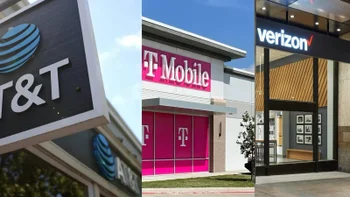
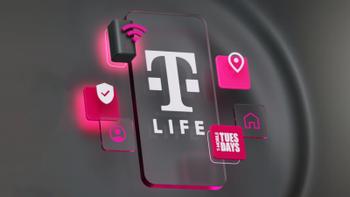

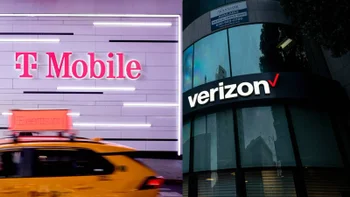
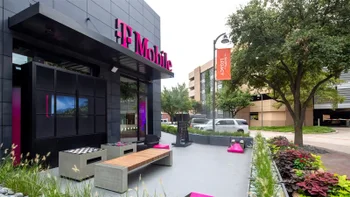
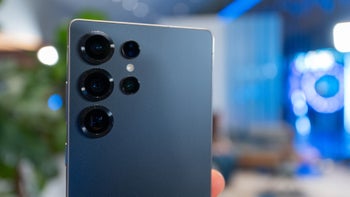
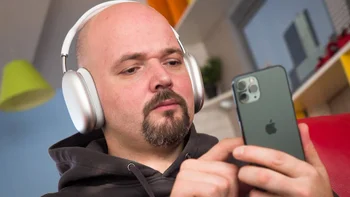
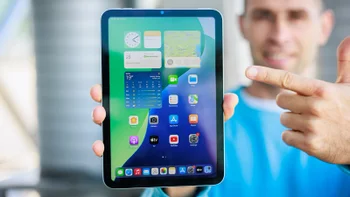
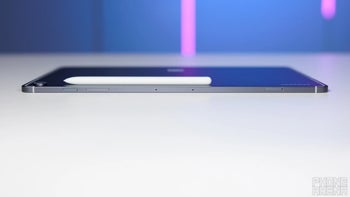
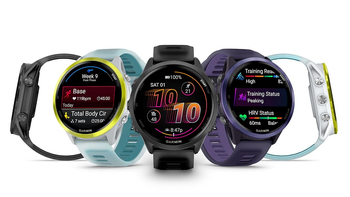
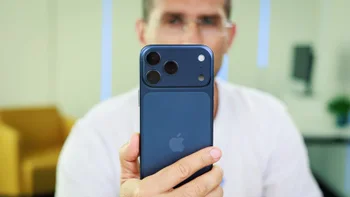
Things that are NOT allowed:
To help keep our community safe and free from spam, we apply temporary limits to newly created accounts: